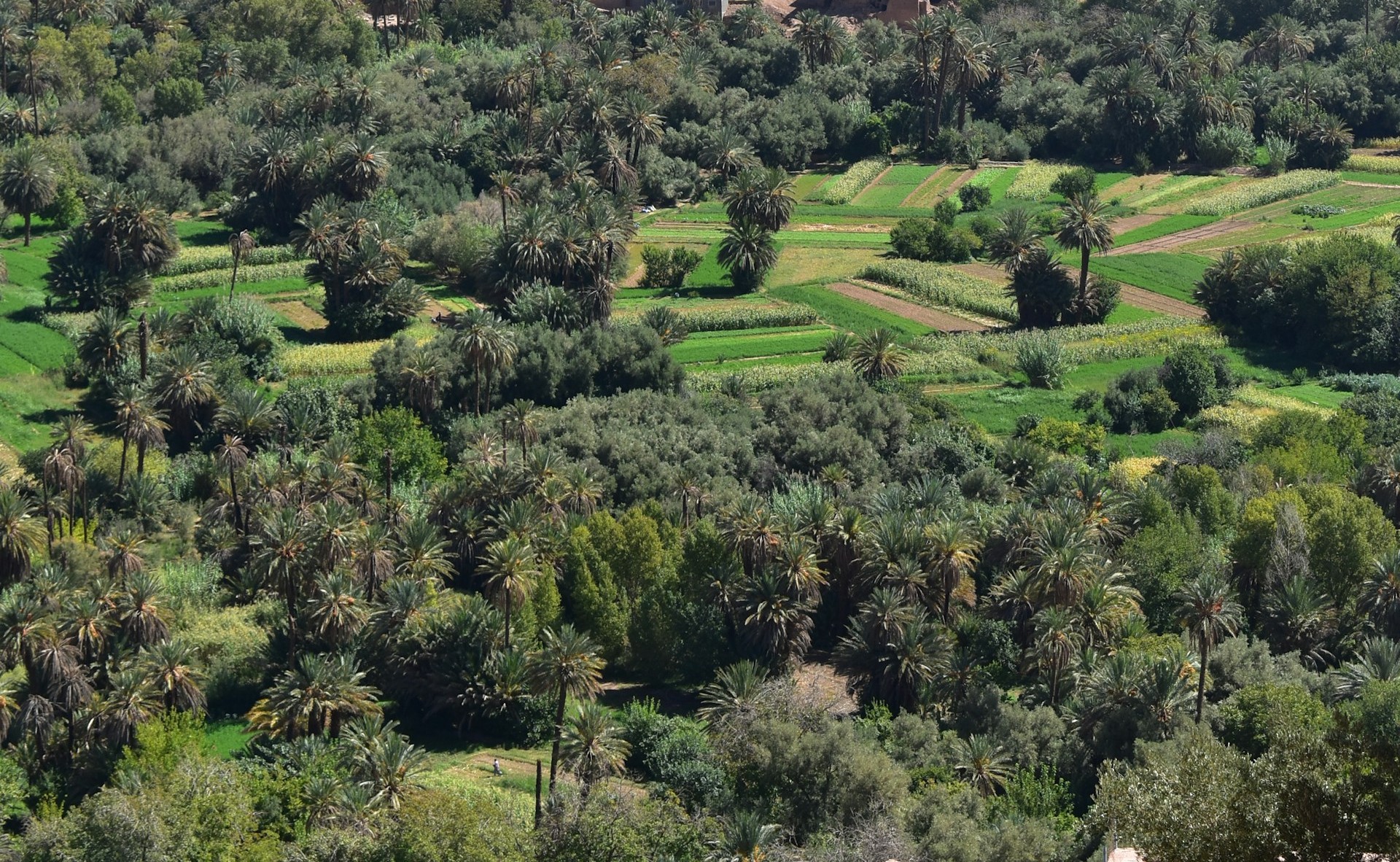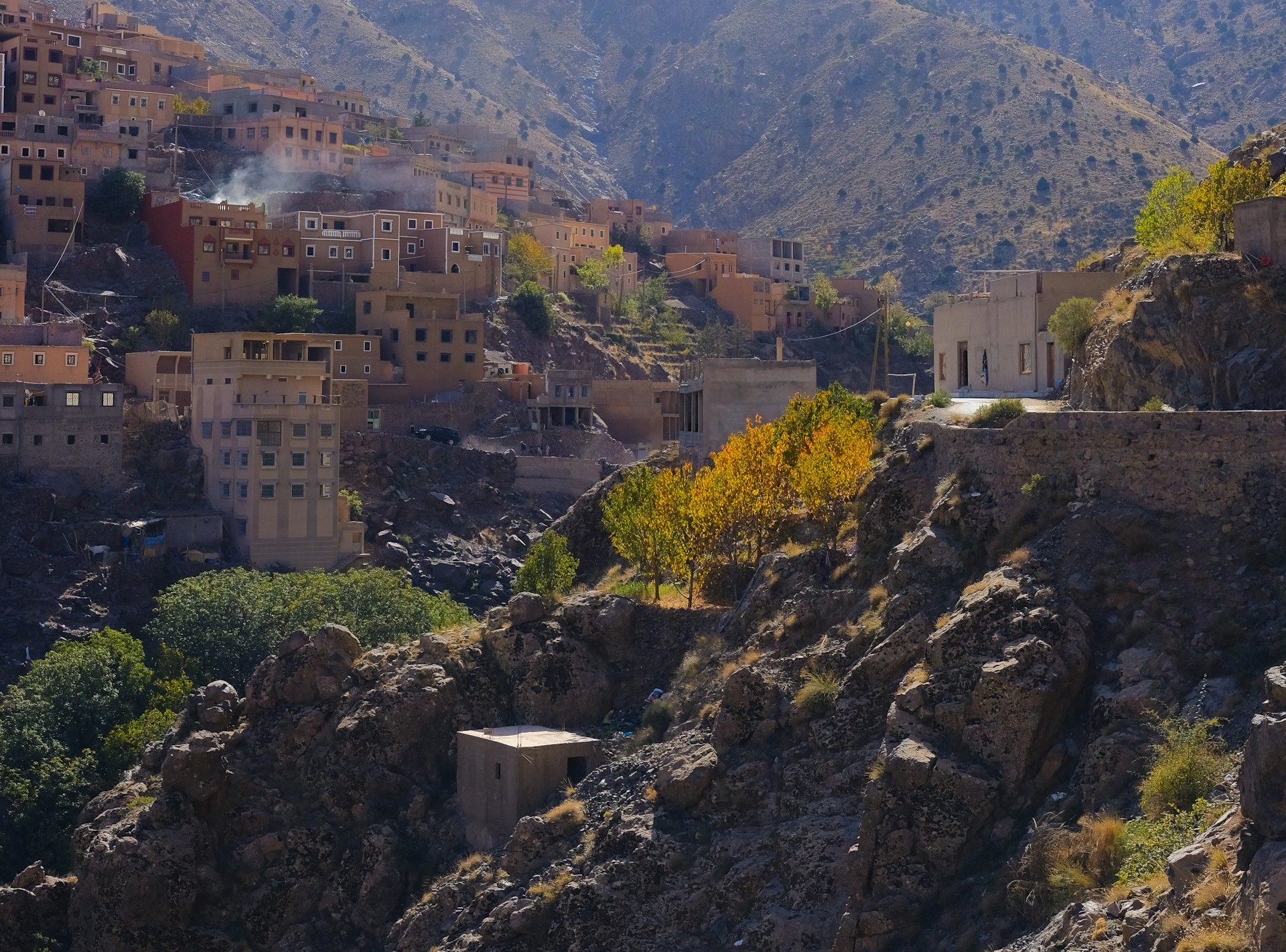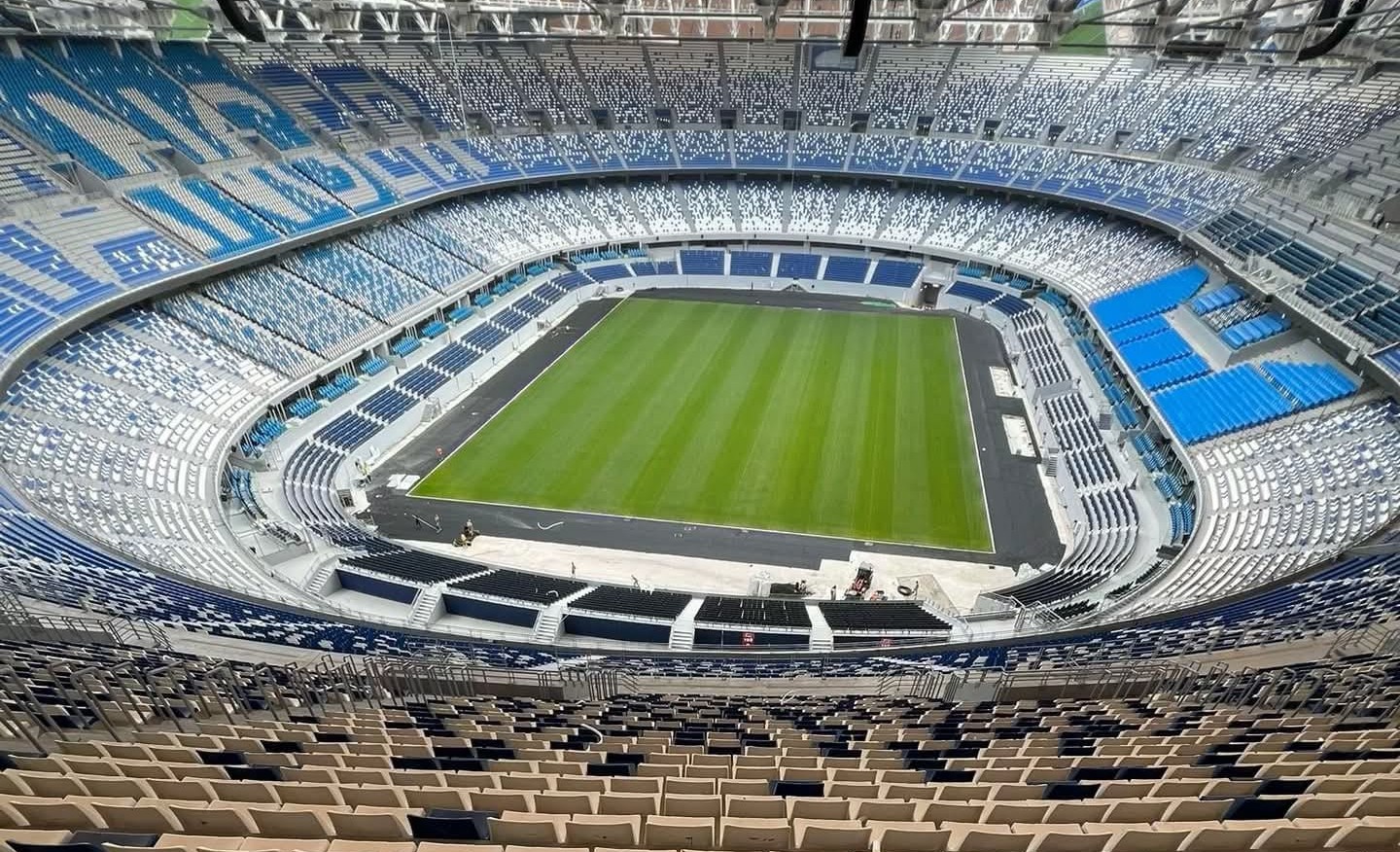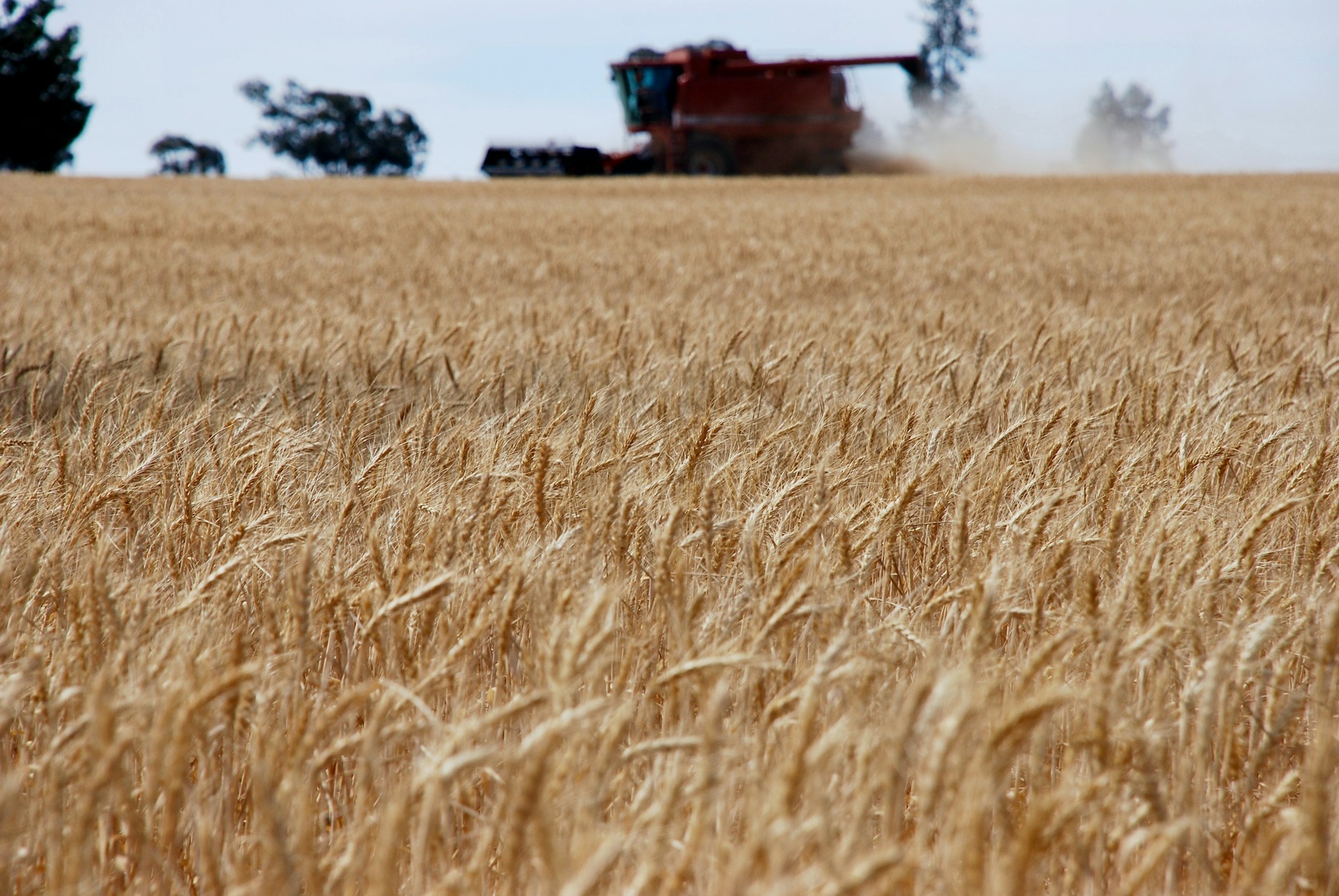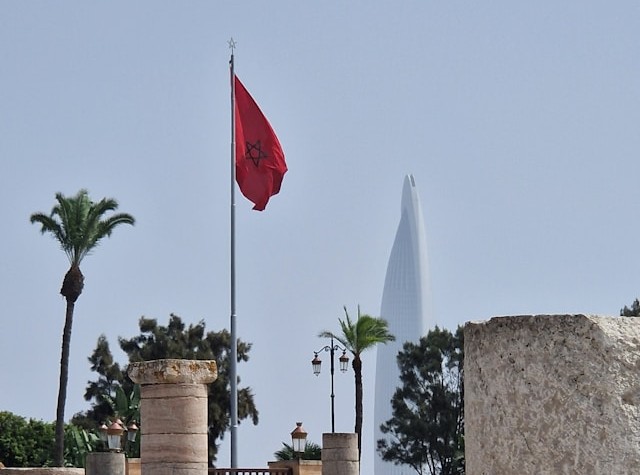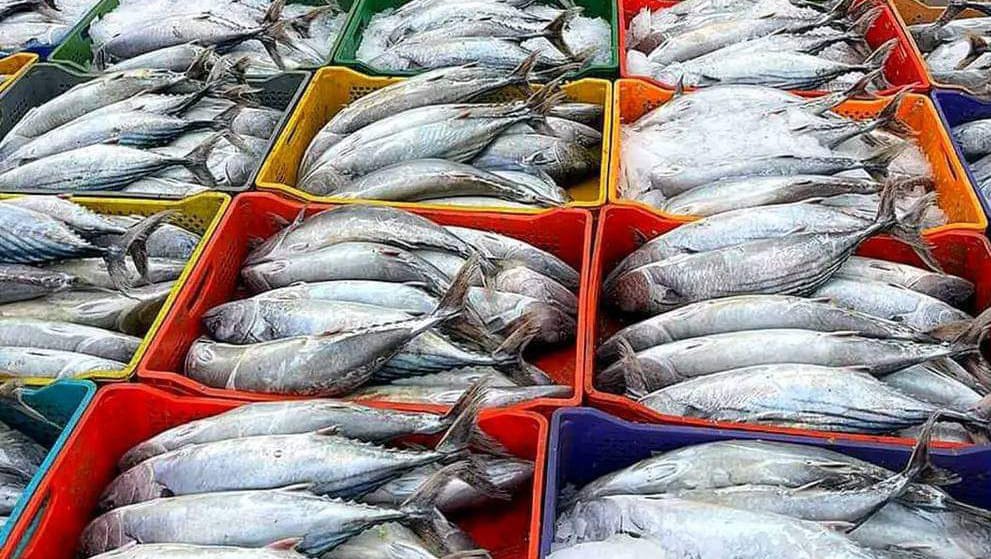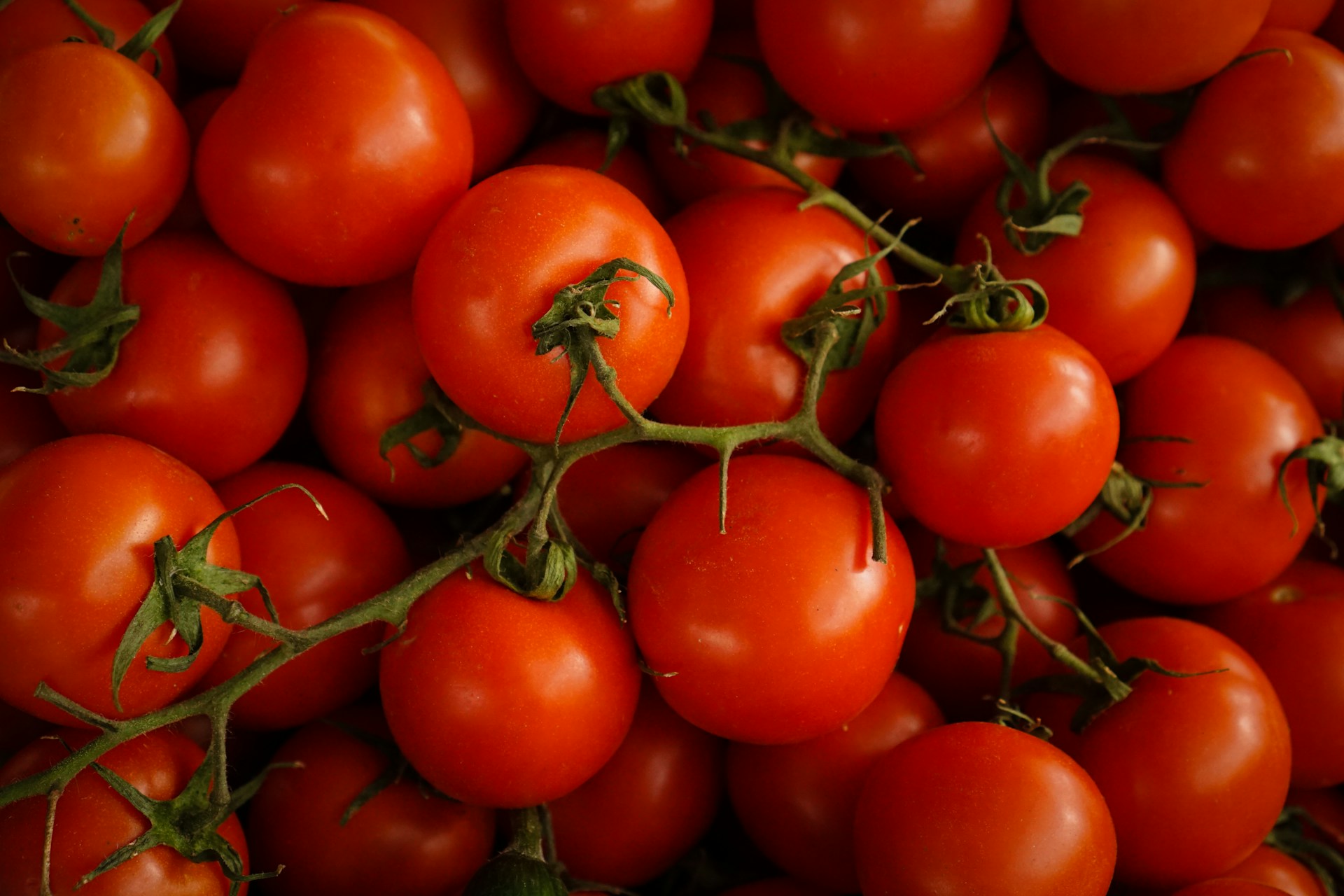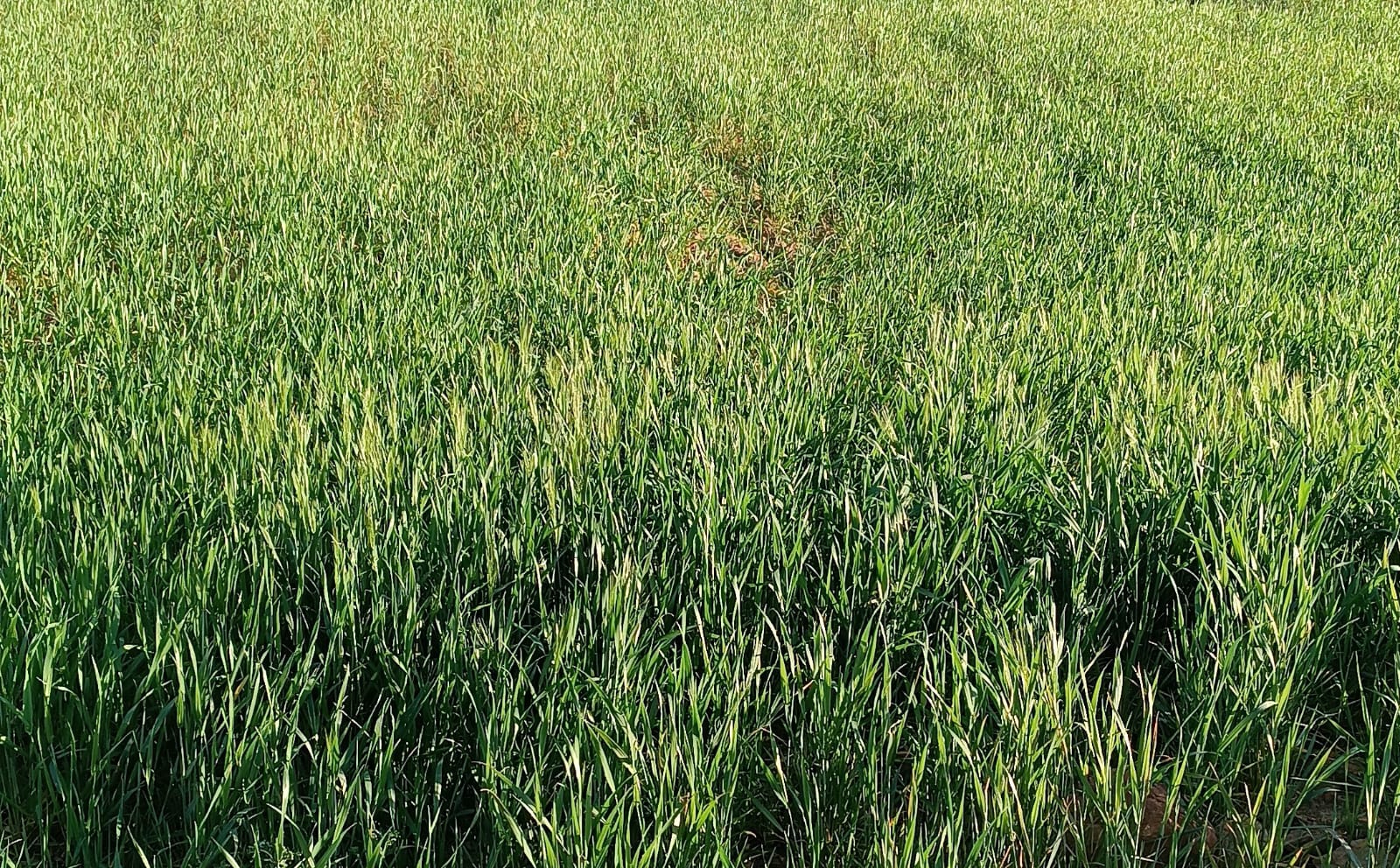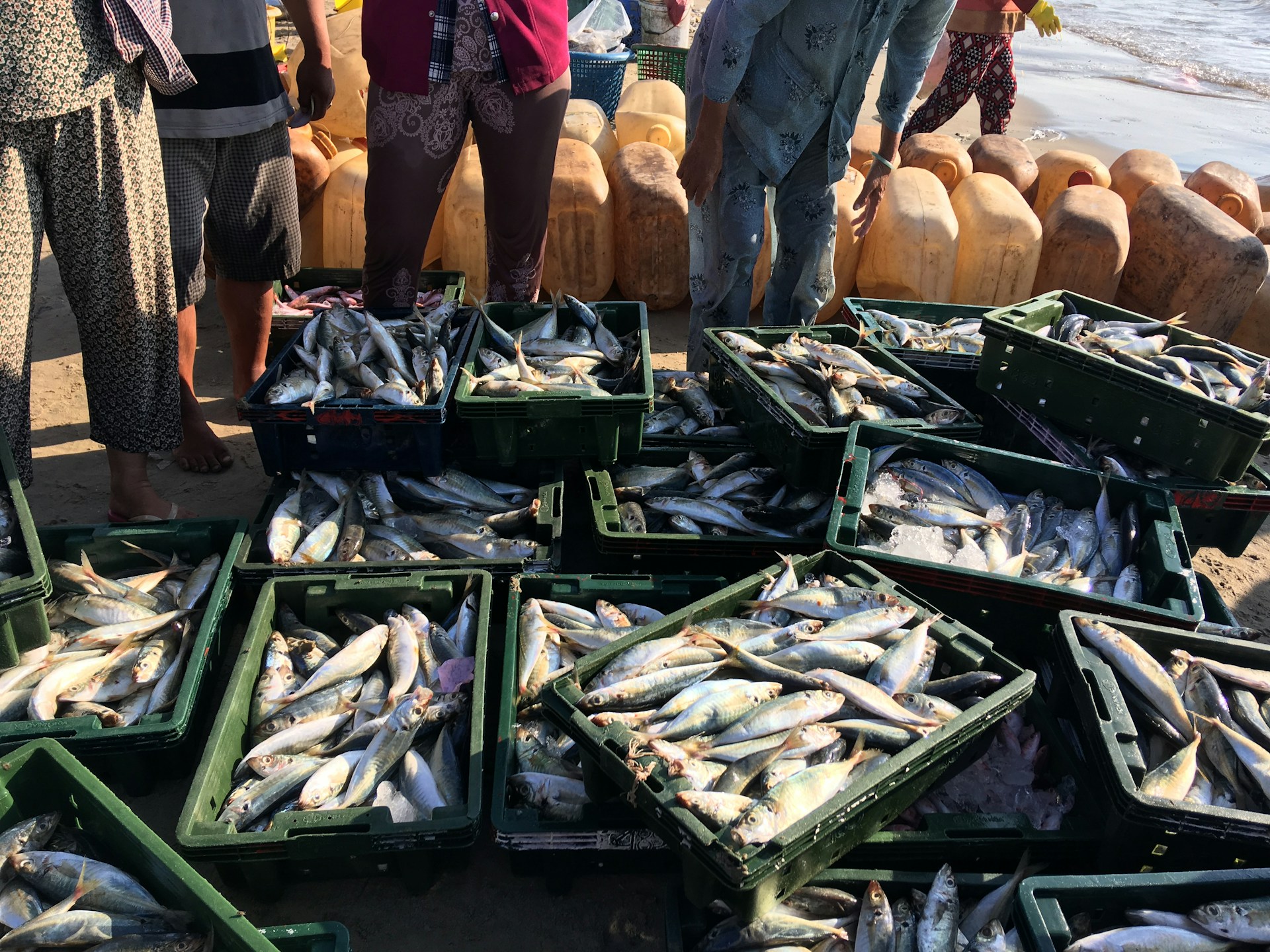Casablanca – Moroccan ports experienced a notable upswing in activity during the first quarter of 2025, with total commercial traffic rising to 60.8 million tonnes, an increase of 10.2% compared to the 55.2 million tonnes recorded during the same period in 2024. This growth reflects the continued dynamism of the country’s maritime infrastructure and its strategic positioning in international trade routes.
According to a report issued by the Ministry of Equipment and Water, both domestic cargo and transshipment contributed to this performance. Domestic trade, which excludes transshipment activities, rose by 7.7%, reaching 30.5 million tonnes, while transshipment volumes increased by 12.7% to 30.3 million tonnes.
Transshipment: The main growth driver
Transshipment activity continues to dominate operations at Moroccan ports, accounting for 49.9% of total traffic in Q1 2025. This is consistent with Morocco’s efforts to strengthen its position as a regional logistics hub, particularly through the Port of Tanger Med, one of Africa’s largest and most modern ports. Tanger Med alone handles the majority of Morocco’s transshipment activity and connects over 180 ports in 70 countries.
Behind transshipment, imports represented 29.5% of total port traffic, followed by exports (16.4%), cabotage (3.6%), and bunkering services (0.6%).
In terms of volume:
- Imports totaled 17.9 million tonnes, a 2.8% increase year-on-year.
- Exports reached 10 million tonnes, marking a robust growth of 13.7%.
- Cabotage—the domestic transport of goods by sea—rose by 31.6%, amounting to 2.2 million tonnes.
- Bunkering services declined by 7.1%, with fuel supplied to vessels totaling 392,900 tonnes. This activity is primarily linked to ships navigating the Strait of Gibraltar, a key maritime corridor for global shipping.
Strategic cargo segments: Mixed performance
The first quarter of 2025 brought solid gains in several key cargo categories:
- Container traffic increased by 10.5%, reaching 2.9 million twenty-foot equivalent units (TEUs).
- Imported hydrocarbons grew by 7.2% to 3.2 million tonnes, reflecting stable domestic energy demand.
- Phosphates and related products also advanced by 2.3% to 7.1 million tonnes, maintaining their status as one of Morocco’s key export sectors.
- International road transport (TIR) recorded 158,152 units, an increase of 7.1%, suggesting resilience in cross-border trade logistics.
However, declines were observed in other areas:
- Coal traffic dropped by 1.8% to 2.4 million tonnes, likely influenced by Morocco’s gradual shift toward renewable energy sources.
- Cereal imports fell sharply by 22%, totaling 2.1 million tonnes—possibly due to improved local harvests or changes in procurement policy.
- New vehicle imports also declined significantly by 21%, registering 136,854 units, a sign that demand in the automotive market may be weakening or adjusting post-pandemic stock levels.
Passenger and cruise traffic on the rise
Beyond cargo, passenger traffic showed steady improvement. Moroccan ports welcomed 720,645 passengers during the first quarter, a 3.9% increase compared to Q1 2024. This trend aligns with the broader recovery in regional travel and tourism.
The cruise sector, in particular, saw a notable surge, with 55,668 cruise passengers transiting through Moroccan ports—a 46.9% increase over the previous year. Ports such as Casablanca, Tangier, and Agadir are increasingly featuring in Mediterranean cruise itineraries, benefiting from Morocco’s tourism appeal and strategic location.
Decline in coastal and artisanal fishing
In contrast to the overall positive trends, the volume of coastal and artisanal fishing landings declined by 24.5%, reaching 136,856 tonnes. This drop may be attributed to seasonal patterns, overfishing concerns, or regulatory restrictions aimed at preserving marine ecosystems.
Outlook
The performance of Moroccan ports in Q1 2025 demonstrates the resilience and growing competitiveness of the country’s maritime sector. The continued expansion of container traffic and transshipment activities—driven largely by Tanger Med—highlights Morocco’s importance in global trade flows. Meanwhile, infrastructure investments, such as the ongoing development of Nador West Med and port digitization efforts, are expected to further enhance capacity and efficiency in the coming years.
With cargo and passenger flows showing mostly positive trends, Moroccan ports are on track to maintain their upward trajectory—provided that logistical, environmental, and geopolitical challenges remain under control.
